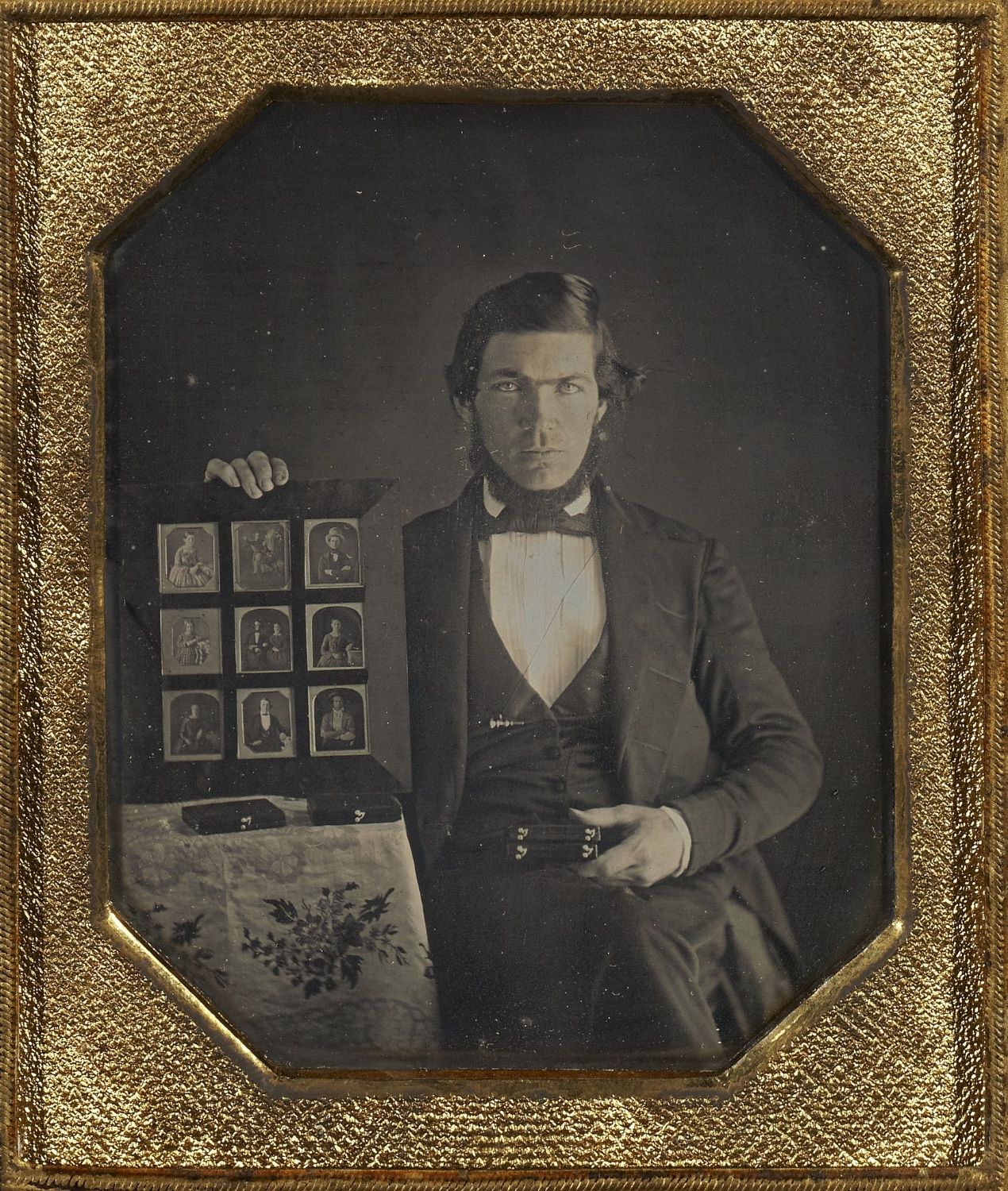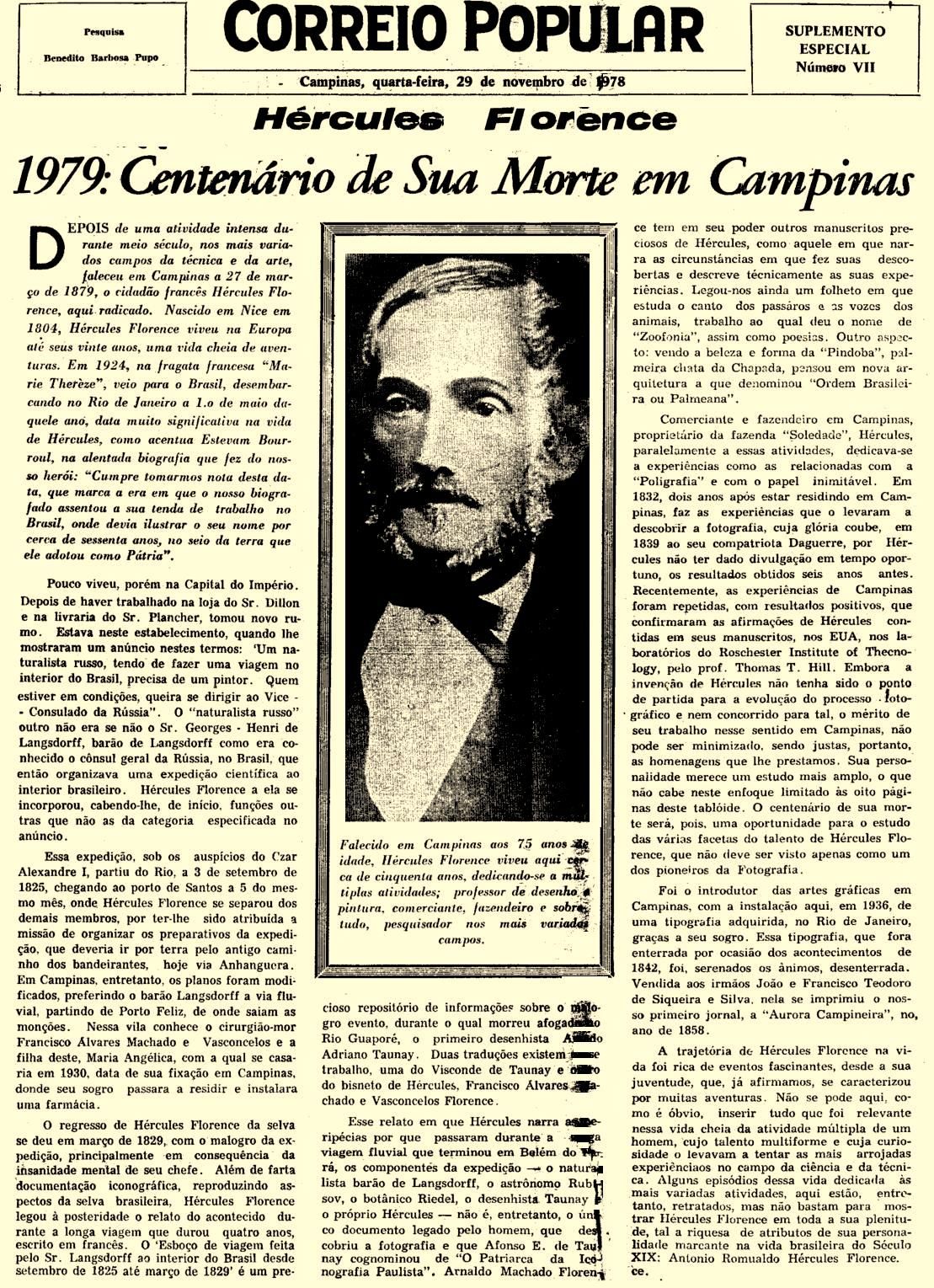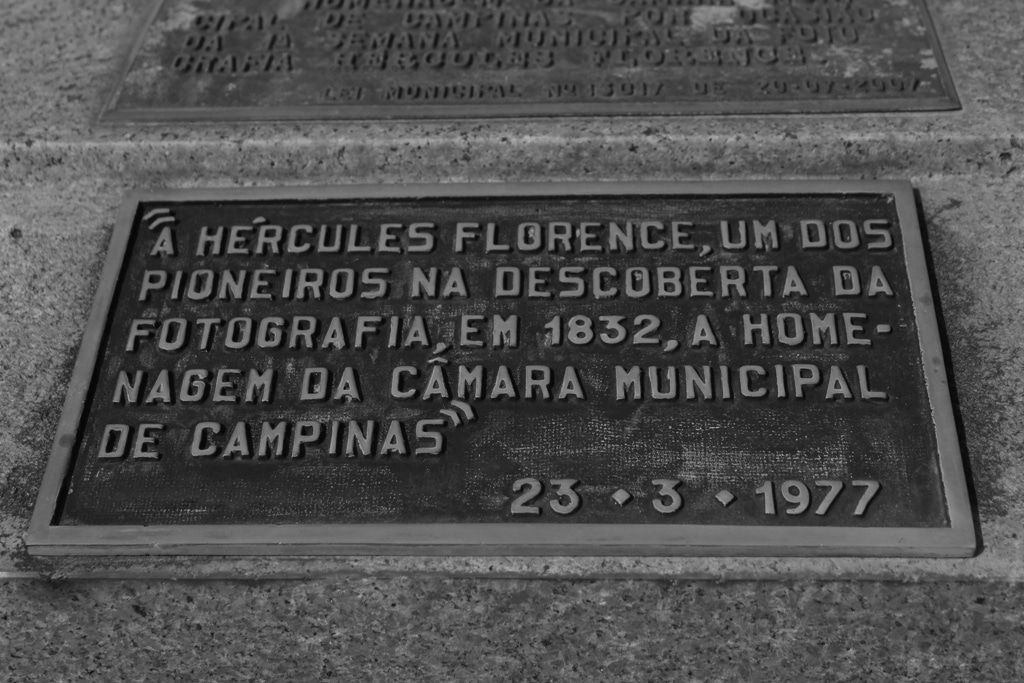Simultaneity
November 30, 2020 Photography Louis Daguerre Henry Fox Talbot Hercule Florence Natalia Brizuela Daguerrotype
Back when I lived in The Netherlands, my apartment was in a part of town where each street had been named after an accomplished scientist. To my delight as someone who dabbling in photography, our street was dedicated to Louis Daguerre, a French pioneer of photography.
 Portrait of a Daguerrotypist, from 1845.
Portrait of a Daguerrotypist, from 1845.
Only years later did I learn that during his lifetime, Daguerre was locked in a bitter patent battle: In 1839, as Daguerre was achieving fame with his (not-so-modestly-titled) Daguerrotypes, an Englishman called Henry Fox Talbot had created a different photographic process and is often credited with the invention of photography.
Even stranger, then, that the two men’s parallel storylines don’t give us the complete picture: In an article in Aperture, Natalia Brizuela recounts the history of the obscure botanist Hercule Florence, who—unbeknownst to both men and the rest of the world—had invented an uncannily similar process in Brazil.
In 1833, Hercule Florence, a Frenchman who settled on the outskirts of São Paulo after surviving a four-year stint as a draftsman for a Russian Naturalist expedition up the Amazon River basin in the 1820s, invented a mode of reproduction that he called photographie (light writing)—the same words Fox Talbot used years later to describe his invention.
Florence has become a low-key national treasure in Brazil, where some have (justifiably) claimed that more credit about the invention of photography should go to their country. It’s curious, then, that Florence, himself stayed relatively modest, declaring at the time:
“I will not dispute anyone’s discoveries, because one same idea can come to two persons (…).”
This simultaneity of ideas is particularly pronounced in photography, where several people across a few years had different ideas (and degrees of success!) in capturing reality. It almost seems like photography was an idea whose time had come.
The current race for a Covid vaccine isn’t much different in many respects: Many smart people working around the clock to figure out a solution to the same problem, and arriving at very different conclusions.
I’ts good to remember that for every successful idea, there are likely hundreds of close calls, hundreds of Hercule Florences who might have had a similar—or even better—idea that didn’t succeed.

Ironically, no good photographs of Hercule Florence survive, so I’ll leave you with a photo of his tombstone instead, proudly inscribed with the note that one of the inventors of photography is buried underneath.
